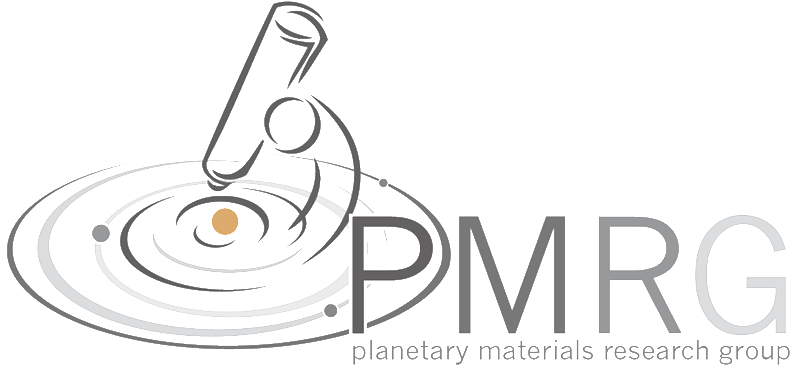The Universe and Humanity: Origin and Destiny
PTYS 170 B1 - Undergraduate
This course explores the deep relationships that connect the largest structures in the universe to the world of atoms and subatomic particles. Topics include the scientific method and tools of science, proceed to fundamental physical concepts and processes that govern the natural world, and move on to a study of features of the natural world based upon fundamental laws of nature. This knowledge is used to create a broad perspective for understanding the origin and evolution of our Milky Way Galaxy, our Solar System, and their common cosmic heritage.
Chemistry of the Solar System
PTYS 407 - Undergraduate
Abundance, origin, distribution, and behavior of the chemical elements in the Solar System. Emphasis on applications of chemical equilibrium, photochemistry, and mineral phase equilibrium theory.
Cosmochemistry
PTYS 510 - Graduate
This course discusses the chemical processes important for the formation of our solar system and that subsequently acted on the objects within the solar system. It also discusses nuclear processes responsible for synthesis of the elements and alteration of isotopic abundances.
Planetary Materials
PTYS 413/513 - Undergraduate/Graduate
This course discusses chemical thermodynamics and applies it to the origins and history of primitive planetary materials. The types of planetary materials will be discussed together with an overview of the chemical setting of their origins. We will discuss thermodynamic formalism, the various chemical pathways through which planetary materials are believed to have formed, the characterization and numerical methods we use to quantify such origins, and we will consider several case studies.
Nanoscale analysis of materials using transmission electron microscopy
PTYS 526 - Graduate
This course discusses the theory and practice of transmission electron microscopy as applied to samples that make up the planetary-materials suite. Among the topics to be covered include electron scattering and diffraction, image formation, energy-dispersive X-ray spectroscopy and electron energy-loss spectroscopy. Weekly lectures are accompanied by a laboratory practical session on diverse materials. Emphasis is placed on quantitative analysis of material structure and composition as well as the identification of unknown materials.
Astrochemistry
PTYS 488/588 - Undergraduate/Graduate
Molecular astronomy is still a new frontier, with Astrochemistry, the study of molecules in astronomical and planetary environments, at its core. Molecules are present in the interstellar medium and in the solar system in the gas-phase and the solid state. They are studied by many forms of spectroscopy and other analytical techniques. Their spectra span the UV to radio by electronic, vibrational and rotational transitions, each with their uses and limitations. Molecules also play a critical diagnostic role for many astrophysical regions, including evolved stars, planetary nebulae, diffuse clouds, dense clouds, and Giant Molecular Clouds with star formation. Planets and planetary systems, including comets, asteroids, and meteorites, are substantially molecular in nature as well. These planetary materials contain condensed molecular material, and recent advances in laboratory analytical techniques are forcing us to think about the connection between this solid-state chemistry and the gas-phase chemistry that occurs around stars and in clouds. Molecules can be studied with the Steward telescopes, as well as special, new national facilities such as ALMA, available at a wider range of wavelengths and higher angular resolution than ever before. Minerals and condensed organics can be studied with state-of-the-art electron, ion, and X-ray microscopes here at UA as well as regional and national facilities. Competitive use of these facilities requires a working knowledge of how to make and use molecular observations. This course will provide such background. No previous background in chemistry or radio astronomy is required. The course will be tailored to the needs of the students.


